Developing Effective PLCs
Every staff plays a key role in building a culture of professional learning through collaborative efforts in their PLC.
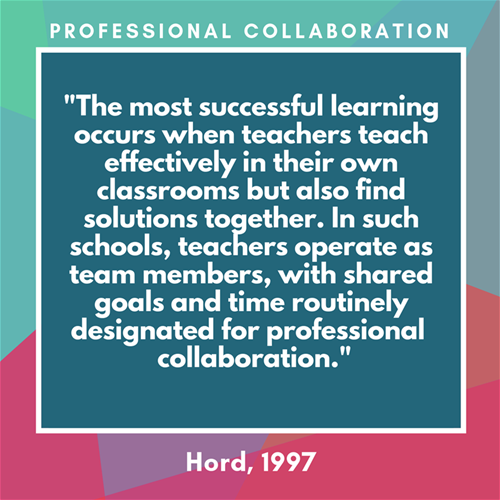
Roles and Responsibilities in a PLC
In a Professional Learning Community (PLC), all staff (including AEDs and EAS), the Principal and the Vice-Principal(s), work collaboratively to attain high levels of student achievements in alignment with school goals. This is vital in infusing a culture of sustained and continual learning, which would impact student outcomes.
-
School leaders play a critical role in transforming their school as a PLC. They provide the foundation of each school’s PLC effort by providing goals and direction underpinned by shared mission, vision and values. They lead the key drivers of PLC in their efforts by providing the necessary support for Professional Learning Teams (PLTs) to meet their objectives.
School leaders are also responsible for creating the right environment for their schools to build a strong learning culture among their staff. By providing the necessary resources and setting in place the proper structure and processes, they help build an environment where collaboration and continual professional learning can flourish. (Hipp and Huffman, 2003)
Click the images below to download the documents (OPAL login required).
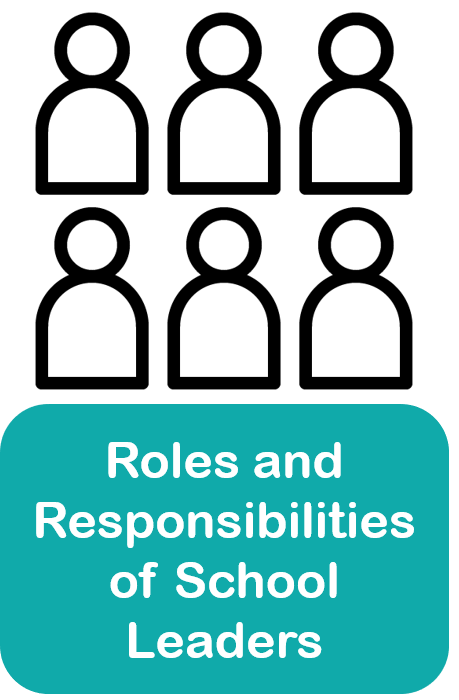

-
School Staff Developers (SSDs) are crucial links between school leaders and PLTs, in their role as the champion for staff learning. By riding on the PLC platform, SSDs can create and drive learning opportunities, as well as facilitate staff ownership and leadership of their professional learning and development.
The SSD working with different departments in the school is to ensure that decisions made should therefore focus on both staff and students’ learning needs, achieving a balanced outcome.
Click the images below to download the documents (OPAL login required).


-
The PLT leaders are essential to the success of any PLC. Their effective facilitation can enhance the sharing and deepen the learning among members of the various PLTs in the PLC. PLT leaders must take into consideration, members’ varying personalities, experiences and beliefs in order to work effectively together to achieve the PLC goals.
Maintaining and maximising the effectiveness of their PLTs can be a complex task for the PLT leaders/facilitators. Thus, the role of a PLT leader may be taken on by key personnel, teacher leader or staff with high leadership potential who can effectively lead his/her team in facilitating the processes of PLC.
Click the images below to download the documents (OPAL login required).
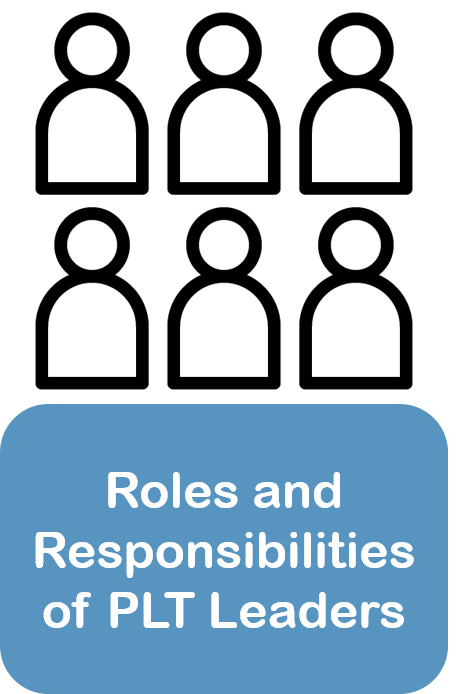

-
Teacher leaders play an important role as pedagogical leaders, sharing their expertise on subject content knowledge and pedagogical content knowledge in PLC. They champion continuous staff learning and collaborate with one another to contribute to the professional learning and development of their fellow colleagues. Teacher leaders should work closely with the school management team on decisions on teaching and learning matters in the school, and this includes PLC-related matters.
Click the images below to download the documents (OPAL login required).
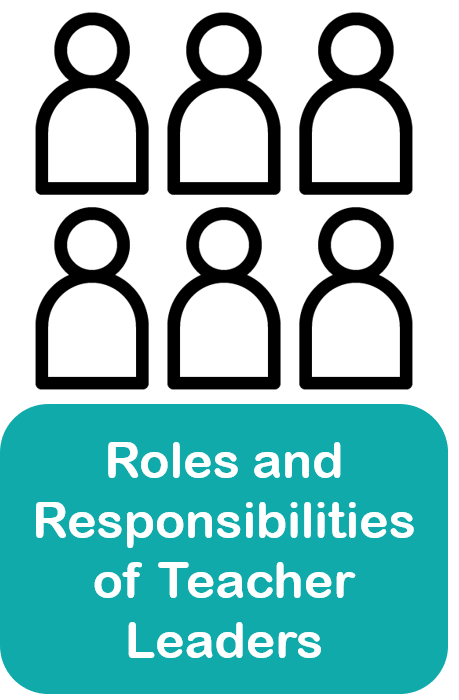

-
Every staff in PLTs plays an important role for the success of their teams. All team members are interdependently responsible for the success of the PLT, sharing ownership for student achievement. PLT members must work collaboratively to achieve the PLC goals, with each individual taking up role(s) with clear details on how he/she can contribute and relate to the overall work of the PLC.
Click the images below to download the documents (OPAL login required).
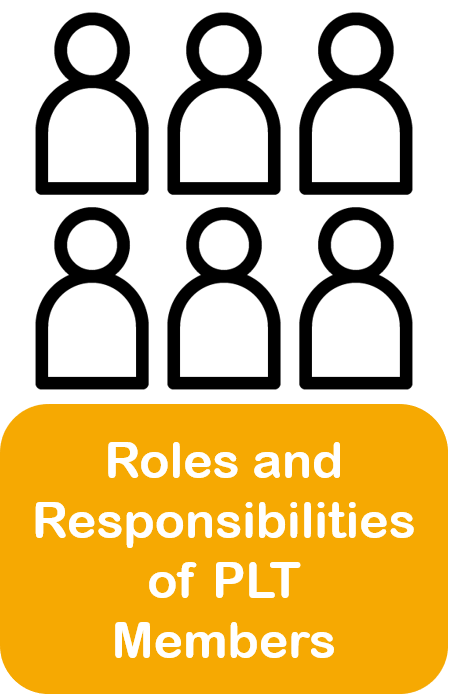

Creating a Climate for Learning
What kind of conversations are you having in your PLC?

According to Nelson et al (2010), staff should avoid conversations that are ‘superficially focused on sharing stories of practice’. Instead, staff should seek to [have] collegial dialogues which would offer a more incisive look into the actual teaching and learning (Nelson et al, 2010). They found that congenial school culture tends to ‘preserve the status quo’ rather than encourage ‘more critical questions’ that ‘probe into the nature of what students learn as a result of specific instructional practices’ (Nelson et al, 2010).
A collaborative culture, on the other hand, involves staff ‘working together to realise shared goals’. A sense of ‘collegiality’ is crucial for developing a cooperative ‘relationship’ among staff (Daleman, 2012).
The purpose of the Professional Learning Community (PLC) is to build a collaborative culture essential for better student outcomes. Within this environment, the school may delve more deeply into pedagogical practices that have the most significant impact on student learning. According to Hipp and Huffman, 2010, such a non-threatening learning environment gets staff to come together as learners. As collegial relationships develop, this fosters a climate for learning.
Staff will
- feel more comfortable with one another when voicing their differing opinions as they work towards shared goals in teaching and learning within their Professional Learning Teams (PLTs),
- be more willing to step out of their comfort zones to learn from one another, and
- experiment with new teaching practices as they are comfortable in the knowledge that they have strong peer support.
Collegiality is key to fostering a climate for learning and building a collaborative culture (Big Idea 2).
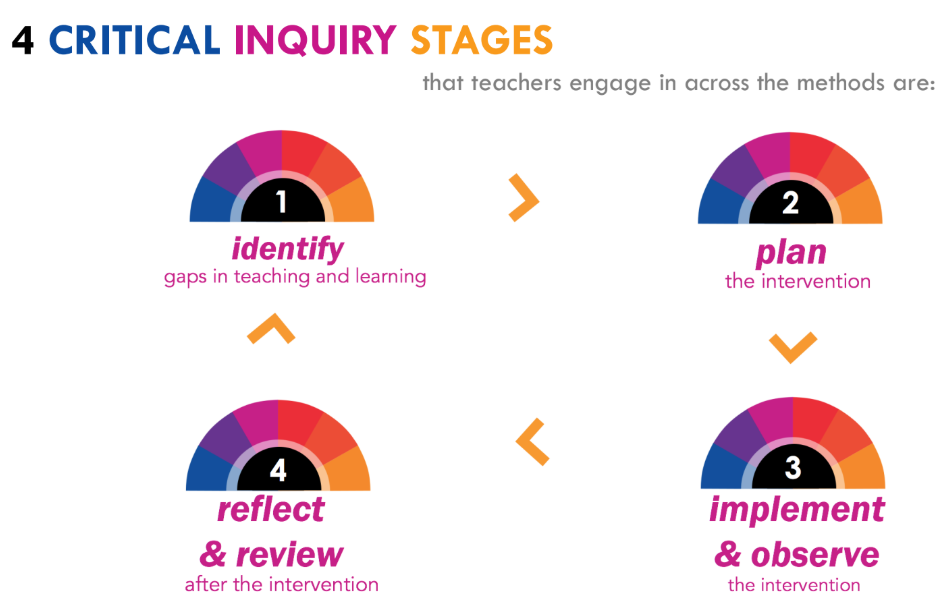
Critical Inquiry Methods
The centrepiece of an effective Professional Learning Community (PLC) is the Critical Inquiry (CI) process. CI is defined as a process that helps teachers examine their classroom practices in a systematic and rigorous manner (adapted from Reid, 2004).
When teachers use a well-designed CI, they can master content, hone their pedagogy, evaluate their own and their students’ performance and address changes that need to be made in teaching and learning at their schools.
Let us examine the CI methodology, and how they apply to different scenarios in teaching.

The steps in the critical inquiry methods fall under four broad critical inquiry stages:
Identify
Professional Learning Teams (PLTs) would need to clarify the purpose and objective of the PLT. In their discussions, members would discuss the strengths and weaknesses in the curriculum, instructional resources and strategies used. These would then be used to help PLTs narrow down to the areas of focus or topic they wish to examine.
Plan
Once they have selected the area of focus, PLTs then work collaboratively to identify and plan their interventions.
Implement and Observe
PLTs carry out the interventions and collect data through observations and other forms of assessments which they will then use to analyse and evaluate the effectiveness of the proposed instructional strategy.
Review and Reflect
The most important aspect of this step is the dialogue among PLT members on lesson effectiveness as reflected in the student work. Whether conducted through formal or informal review processes, the focus of this analysis is not on staff evaluation, but rather on lesson effectiveness based on student learning and outcomes (Hipp and Huffman, 2010).
These steps would facilitate data-driven conversations and drive innovations (Hudson et al, 2013).
Below are four suggested CI methods.
Action Research
Learning Circle
Lesson Study
Learning Study
All these methods require schools as PLCs to provide the space, the time, resources and processes for PLT members to reflect individually and collectively on the teaching and learning challenges they face.
Ideally, these methods would facilitate rich, productive and meaningful conversations based on observations, collection of student learning through assessments, and post-lesson feedback and reflections. PLC, a natural school-based platform for professional learning, after all, is designed for sustained collaboration among staff to find ways to enhance student learning.

